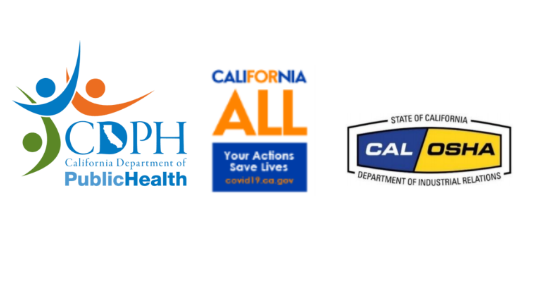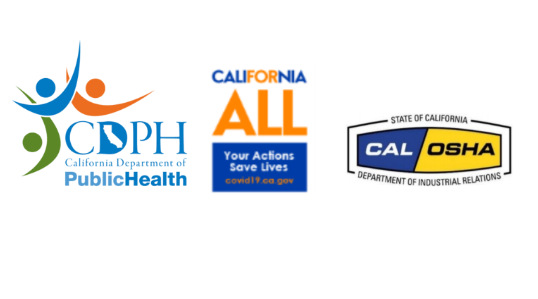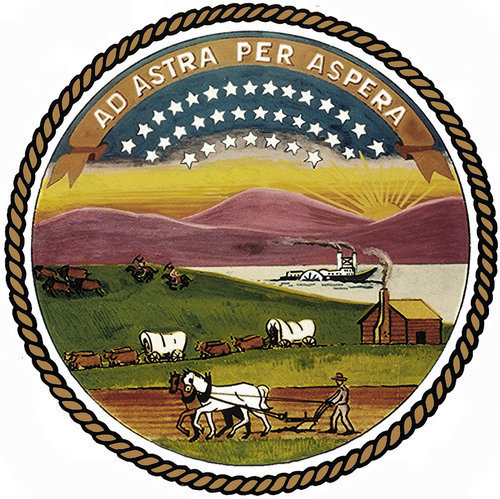Title Page
-
Conducted on
-
Prepared by
-
Location
Contents of Written Worksite Specific Plan
-
The person(s) responsible for implementing the plan.
-
A risk assessment and the measures that will be taken to prevent spread of the virus.
-
Training and communication with employees and employee representatives on the plan.
-
A process to check for compliance and to document and correct deficiencies.
-
A process to investigate COVID-cases, alert the local health department, and identify and isolate close workplace contacts of infected employees until they are tested.
-
Update the plan as necessary to prevent further cases.
Topics for Employee Training
-
Information on COVID-19, preventing spread, and who is especially vulnerable. <br>https://www.cdc.gov/coronavirus/2019-ncov/index.html
-
Self-screening at home using CDC guidelines<br>https://www.cdc.gov/coronavirus/2019-ncov/symptoms-testing/symptoms.html
-
The importance of not coming to work if employees have a frequent cough, fever, difficulty breathing, chills, muscle pain, headache, sore throat, the recent loss of taste or smell, or if they or someone they live with has been diagnosed with COVID-19.
-
When to seek medical attention.
-
The importance of hand washing.
-
The importance of physical distancing, both at work and off work time.
-
Proper use of cloth face covers
Individual Control Measures and Screening
-
Symptom screenings and/or temperature checks.
-
Encourage workers who are sick or exhibiting symptoms of COVID-19 to stay home.
-
Frequent handwashing and use of hand sanitizer.
-
Provide disposable gloves to workers using cleaners and disinfectants if required. Consider gloves a supplement to frequent hand washing for other cleaning, tasks such as handling commonly touched items or conducting symptom screening.
-
Strongly recommend use of cloth face covers.
Cleaning and Disinfecting Protocols
-
Perform thorough cleaning in high traffic areas.
-
Frequently disinfect commonly used surfaces.
-
Clean and sanitize shared equipment between each use.
-
Clean vehicles and work areas between shifts or between users, whichever is more frequent.
-
Use products approved for COVID-19 on the Environmental Protection Agency (EPA)-approved list and follow product instructions and Cal/OSHA requirements.<br>https://www.epa.gov/pesticide-registration/list-n-disinfectants-use-against-sars-cov-2
-
Provide workers with an adequate supply of materials required to clean and disinfect frequently touched surfaces of the delivery vehicle (particularly if it is shared).
-
Provide time for workers to implement cleaning practices. Cleaning time should be paid time.
-
Use protective barriers such as disposable mats and seat covers in shared vehicles.
-
Inspect deliveries and take all necessary disinfection measures when receiving goods in warehouses and facilities.
-
Wipe down and disinfect equipment, pens, clipboards, and electronic signature pads used by others while performing a delivery.
-
Limit contact with frequently touched surfaces during deliveries, such as doorbells or door handles.
-
Communicate to workers where they can access restrooms and handwashing facilities, provide hand sanitizer, and provide time for frequent hand washing.
-
Provide delivery drivers alternative restroom locations on their routes and allow time for them to use them.
Physical Distancing Guidelines
-
Implement measures to physically separate workers by at least six feet using measures such as physical partitions or visual cues (e.g., floor markings, colored tape, or signs to indicate to where workers should stand).
-
Implement “contactless” deliveries wherever possible.
-
Update package delivery processes so that workers and customers can maintain a physical distance of at least six feet from others.
-
Avoid sharing scanners, pens, or other tools with customers.
-
Offer curbside delivery or pickup and move transaction receipts and agreements to remote/digital platforms as feasible.
-
Consider suspending non-critical pre-shift, in-person meetings or convert them to virtual meetings or calls.
-
Reconfigure, restrict, or close common areas to maintain physical distancing or move to open areas.
-
Provide messaging via handheld devices and mobile phones to remind workers to maintain physical distance during delivery stops and practice good hygiene.
Sign Off
-
Name and Signature













